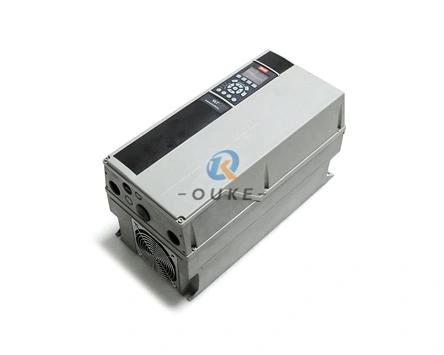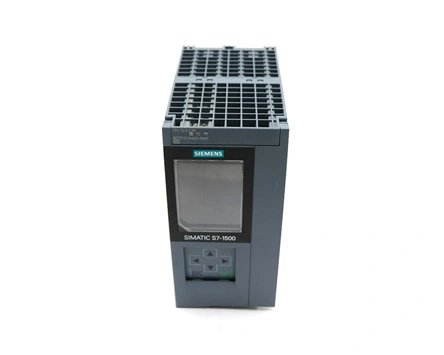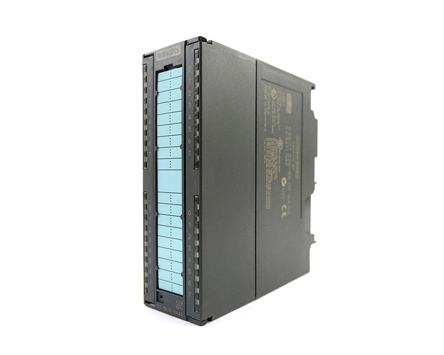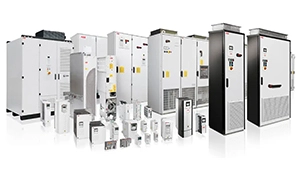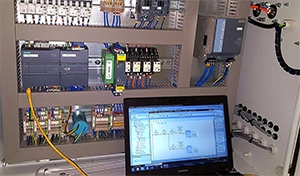
For a long time, stepper motors have been a widely used motor type. Previously, stepper fanuc motor were more widely used in industry, but now stepper motors are becoming more and more commercialized and easier to purchase. Unlike fanuc servo motor, stepper motors do not need to be adjusted to optimize their performance. Therefore, the use of fanuc servo motors is more complicated and requires more professional knowledge.
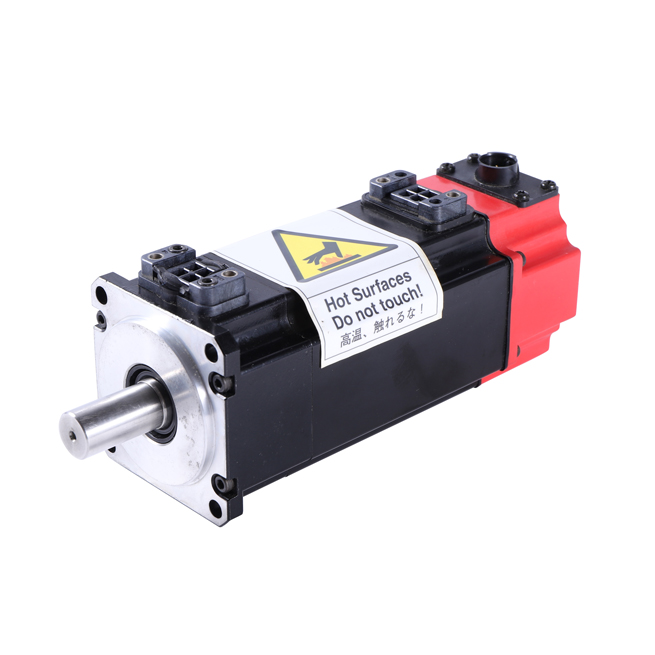
Both Fanuc dc servo motor and stepping motors can be used as traditional rotating motors and servo motors. However, the siemens servo motor has 5 advantages that make it more and more popular with instrument manufacturers.
When dealing with linear servo equivalents that only require a short period of torque or force burst, the siemens servo drive motors can provide more current than they can continuously handle in a short period of time.
Fanuc ac servo motor can allow 2 to 3 times the speed of a typical stepper motor, allowing designers to obtain greater torque in a smaller package.
There are feedback devices in the servo motor system. These devices use encoders to detect errors in the system, and then correct the errors by controlling the torque, speed, or position of the motor to achieve high-precision positioning and movement.
A properly tuned siemens ac servo motor is not very noisy. When the servo system is working, the biggest noise comes from the drive train or bearings. The noise of a stepping motor at work is about 68 decibels, which is much larger than that of a servo motor.
Modern design software can imitate the siemens servo cable motor very realistically to design a servo system that perfectly meets the requirements. The servo motor can be high-precision winding, so that the performance curve matches the speed and torque requirements of the application.
As the name suggests, direct drive technology refers to a direct coupling between the motor and the payload without any mechanical deceleration or transmission system. The main disadvantage of direct drive technology is the lack of mechanical advantages. Any force or torque required for the work is done directly by the motor, which also leads to greater energy consumption. However, in terms of instrument design, direct drive technology also has many advantages compared to stepper motors.
In rotating applications, rotating kit motors replace transmissions, and in linear applications, they can replace couplings, thereby reducing the size of the designed motor system. In addition, the rotating kit motor can increase the overall length and compliance of the actuator.
The Fanuc linear motor is directly coupled to the load, so there is no mechanical advantage, but the linear motor technology has good dynamic performance, precision, rigidity and minimum dimensions.
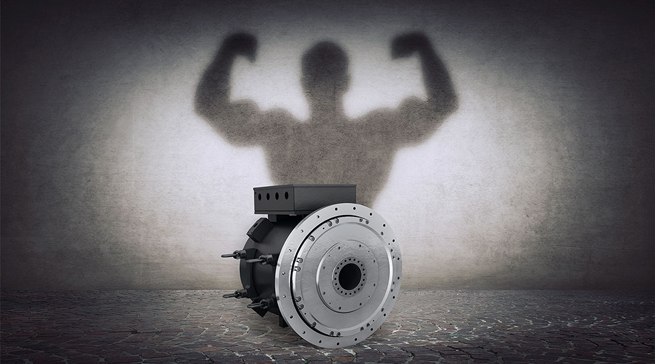
In the past, the main purpose of manufacturers was to reduce costs, so low-cost technologies such as stepping motors were more widely used. However, as manufacturers have increasingly higher requirements for the functions of the instrument, and the cost of servo motors has been reduced, manufacturers are now beginning to consider more direct drive and servo motor technologies.
 English
English 日本語
日本語 한국어
한국어 français
français Deutsch
Deutsch Español
Español italiano
italiano русский
русский العربية
العربية Türkçe
Türkçe Jawa
Jawa